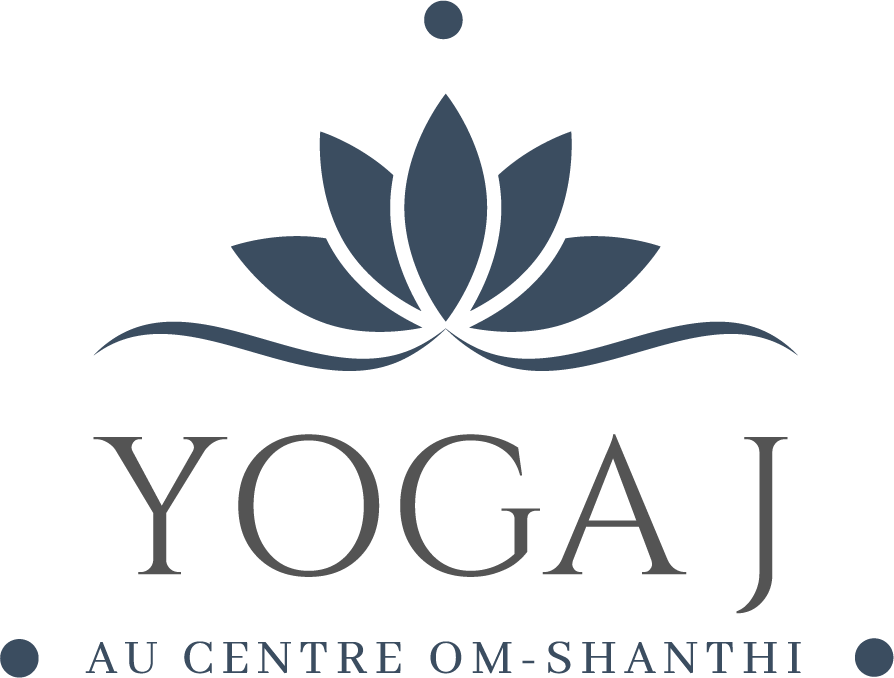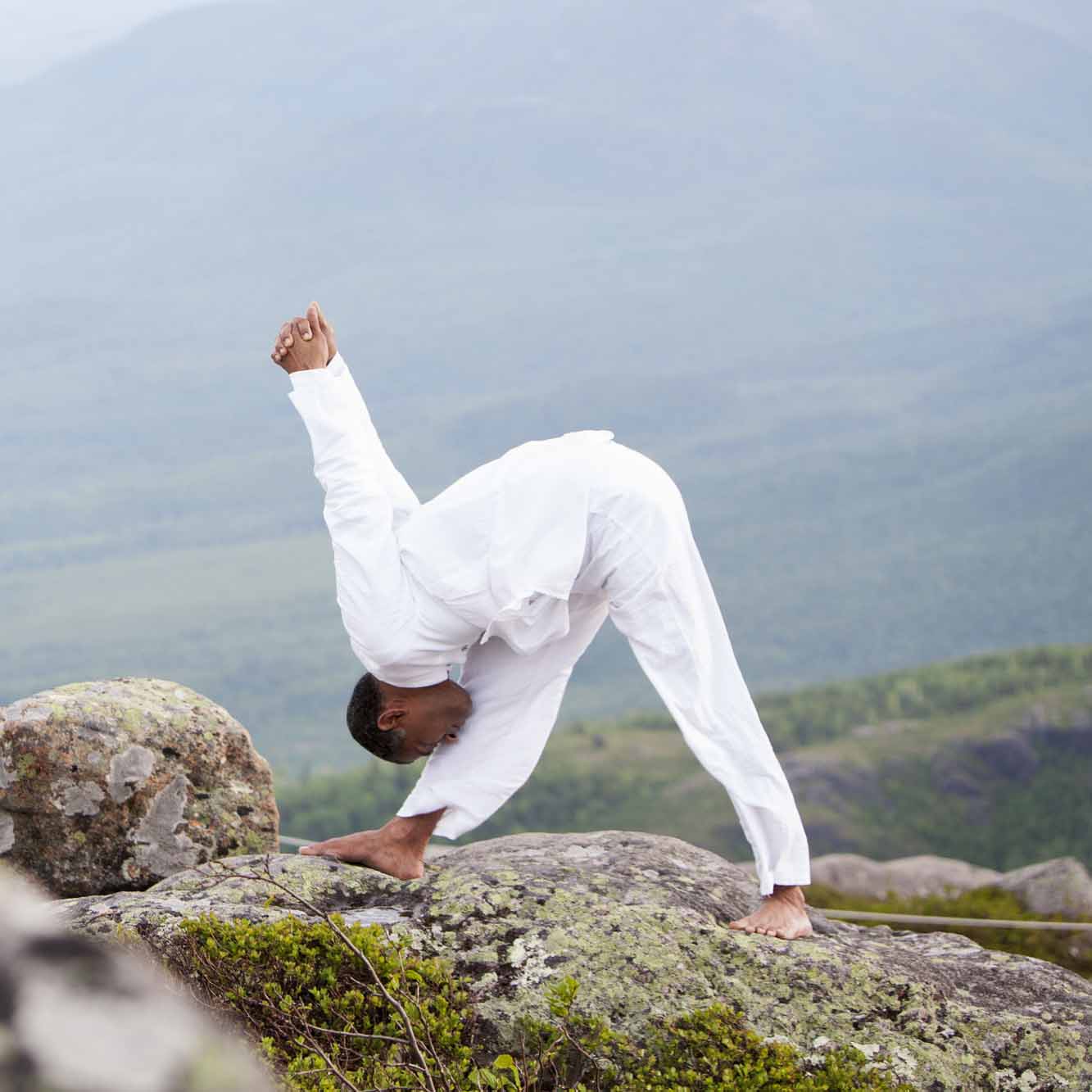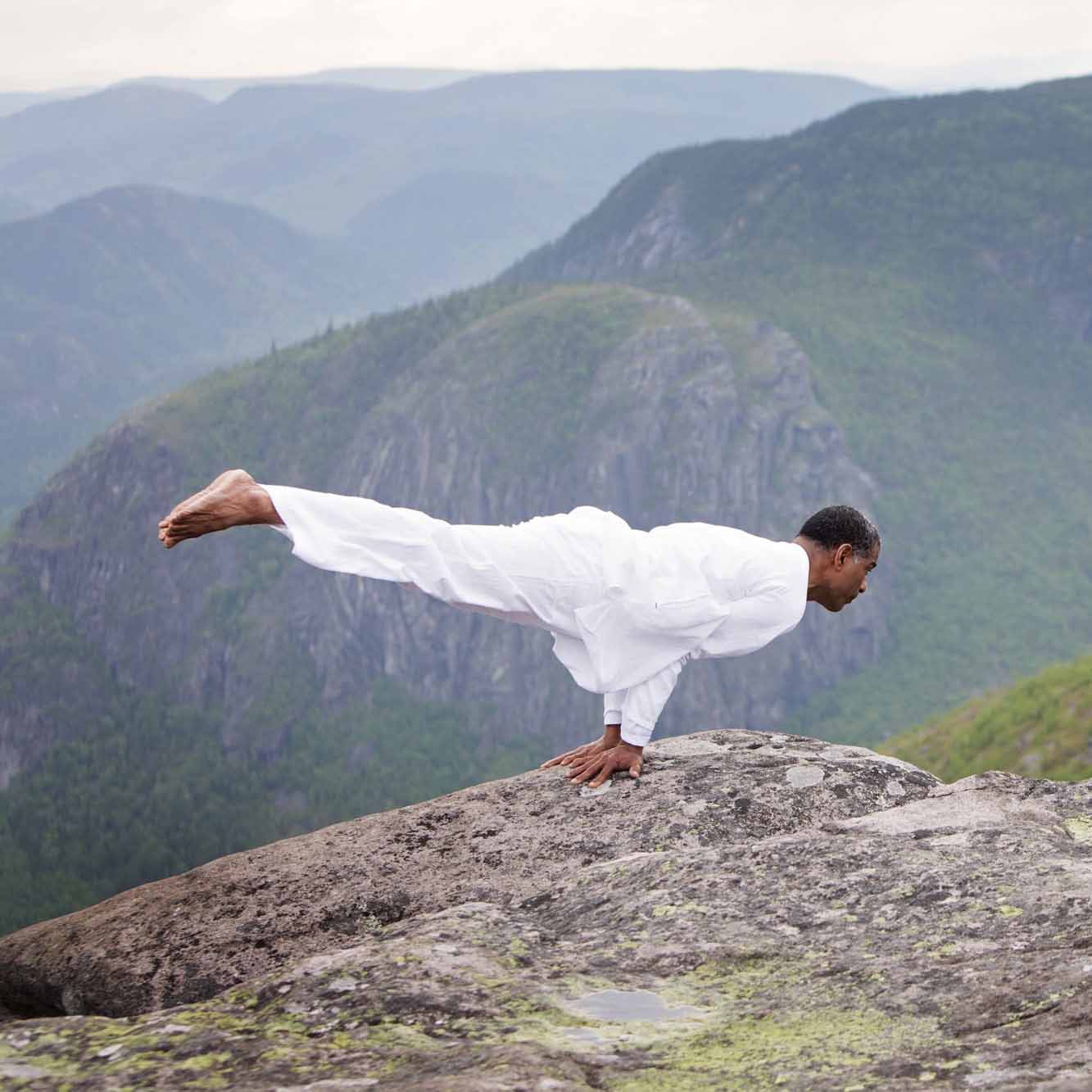Jeyanthan
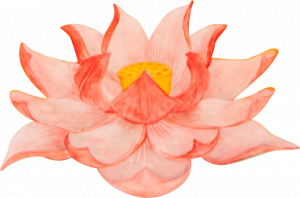
Yoga
Asanas

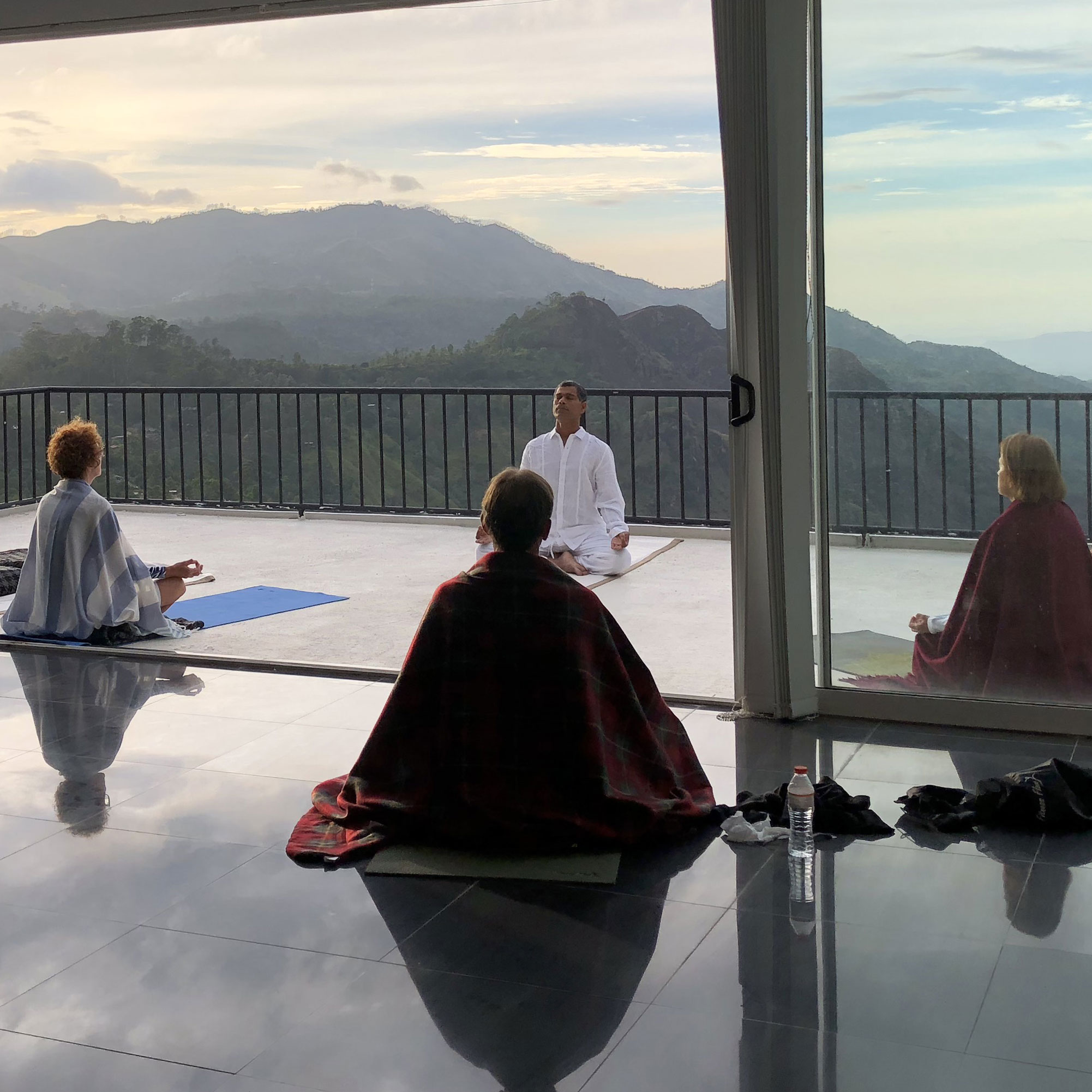
Pranayama
Pranayama veut dire : contrôle du prana. Qu’est ce que le prana? Sivananda dit : «Prana est la somme totale de toutes les énergies contenues dans l’univers».
We exist as human beings in an ocean of prana. Yogis masters the ability to attract prana into oneself, then to accumulate it and transform it to act in the inner environment and in the outer world. The human body has a high capacity of accumulation and can easily transform its entrants. Our vitality depends on sufficient accumulation of prana and its correct use. The absorption of prana takes place through conscious breathing. Breathing is a process that we don't normally think about, it happens naturally. Our life and our breathing are intimately linked.
In fact, it is said of someone who dies, that he expires. It is written in the ancient Indian text, Hatha Yoga Pradipika: “Life is the period between one breath and the next; a person who does not breathe properly is only half alive. He who breathes properly, gains control of his existence ”. There are many factors that influence the way we breathe and in general we breathe shallowly. In yoga, the breathing has to be deeper and slower. This increases the body's oxygen capacity and expels more toxins. It also increases the ability of the muscles in the diaphragm to receiving more oxygen. The mind is closely related to the physical aspects. By soothing the breathing, we calm the mind. "When the breath gets lost, the mind is unstable. On the other hand, when the breath is calm, the mind is calm ”. From Hatha Yoga Pradipika.
Yogic breathing, the basis of all forms of breathing, involves the abdomen and diaphragm up to the collarbones to maximize inhalation and exhalation. Afterwards, several kinds of pranayama can be practiced. We can say that breathing has 4 phases: inspiration, retention with full lungs, expiration, retention with empty lungs. By playing with these different phases, we act on our physique, our mind as well as our consciousness. The most important thing is first to balance our sympathetic (action) and parasympathetic (rest) nervous system, alternating from one nostril to the other.
Several techniques of concentration and relaxation Mudras (sacred gestures), Bandhas (contractions) and Mantras.
Mantras
The mantra is a sound structure that connects us to an energy. As sound is a vibration that has the power to heal just as it can break glass. Mantras are syllables, words, phrases that when repeated, lead to a higher state of consciousness. There are several kinds of mantras. The 2 main categories are: Saguna, invokes a particular deity or an aspect, a virtue, a quality of the Absolute * eg: "om namashivaya" one relates to Shiva and his qualifications. On the other hand, Nirguna, connects to an abstract form and allows the identification of the one who meditates with the Absolute ex: "OM" "SOHAM", we connect without figurative character, beyond duality.
Mudras
Les mudras sont des postures spécifiques pour sceller l’énergie. Les différents mudras ont une signification symbolique et le pouvoir d’invoquer des forces à l’intérieur de l’individu. On ferme des circuits subtils pour garder le prana dans le corps au lieu de le perdre, d’éparpiller l’énergie. BANDHAS Bandhas veut dire «fermer», «retenir». Ce sont des “verrous”. Ce sont des fermetures du corps, spécialement destinées à conserver et utiliser l’énergie produite par les exercices de respiration avancée. Ce qui permet de transformer le prana en énergie spirituelle. Le prana est ainsi redirigé. Le corps et le mental s’apaisent et on devient réceptif à des niveaux plus élevés de conscience.
